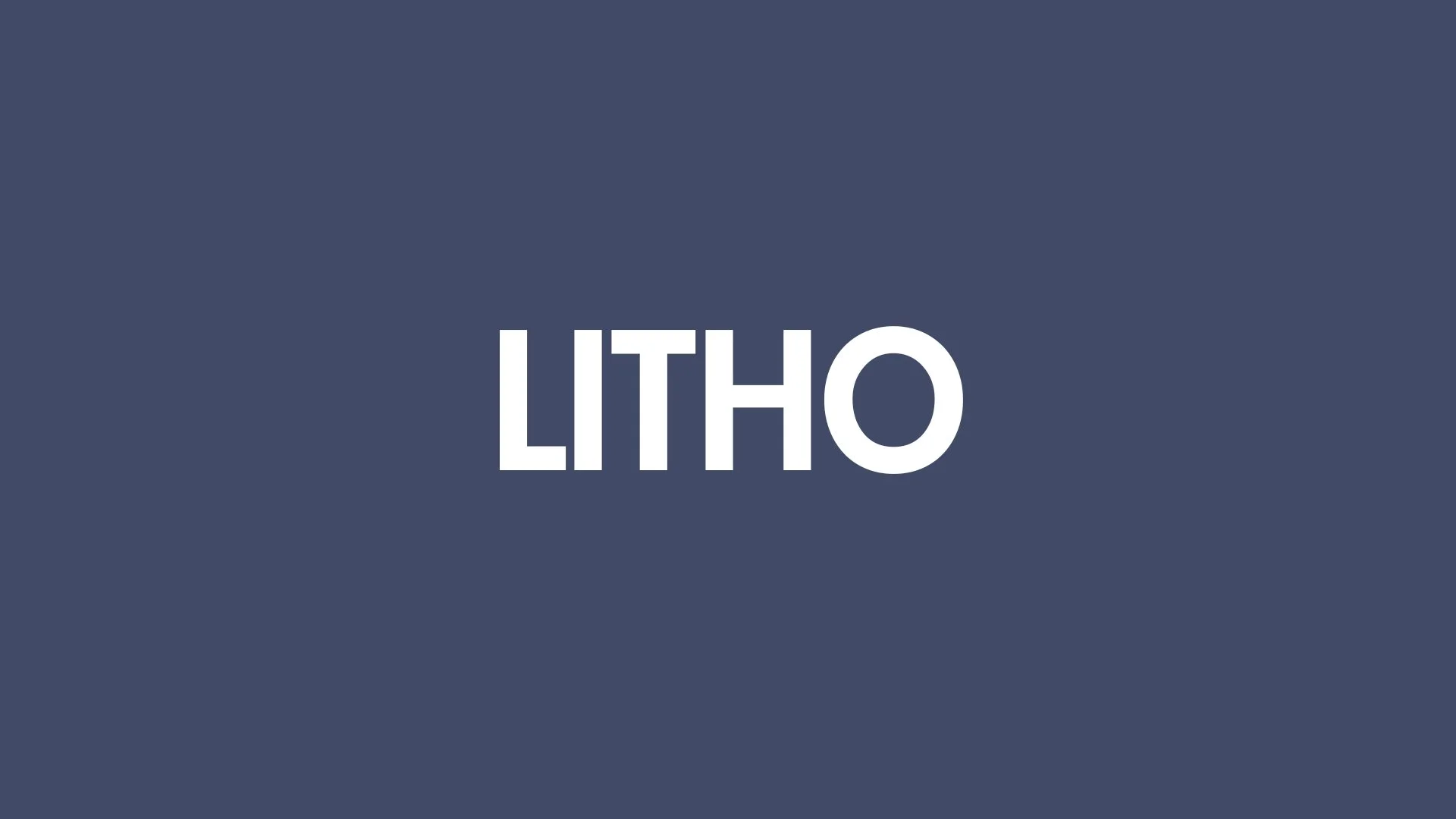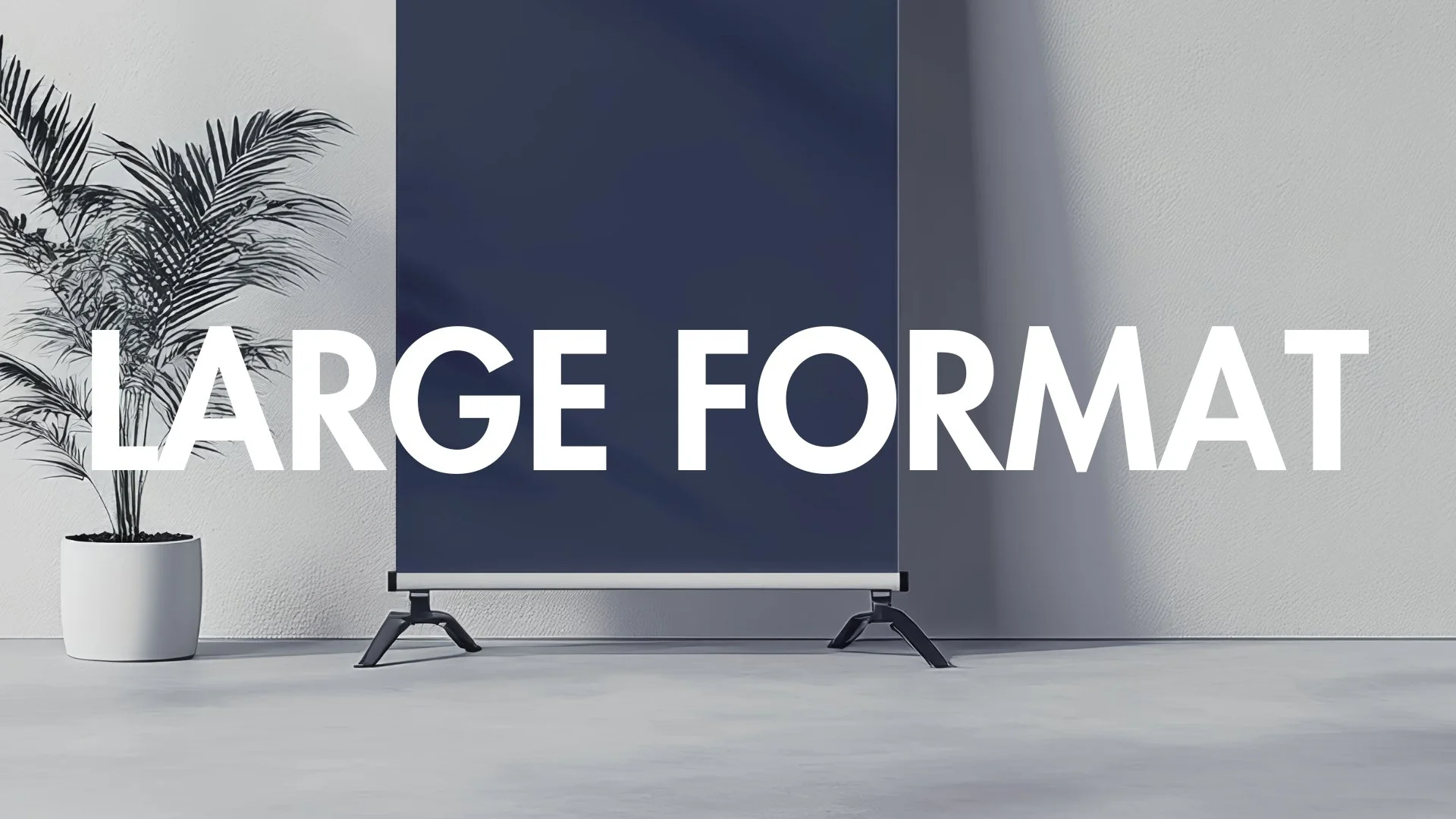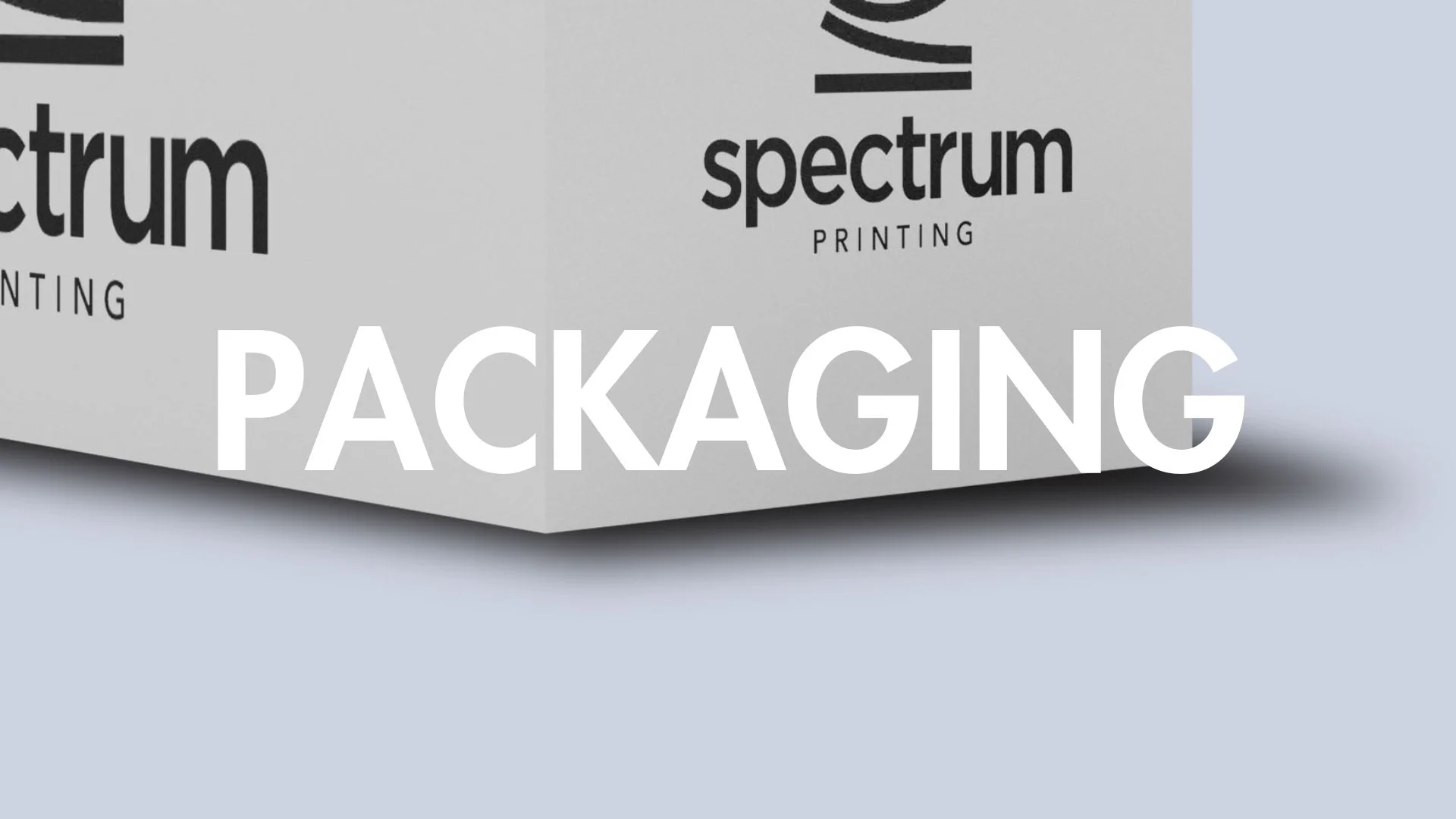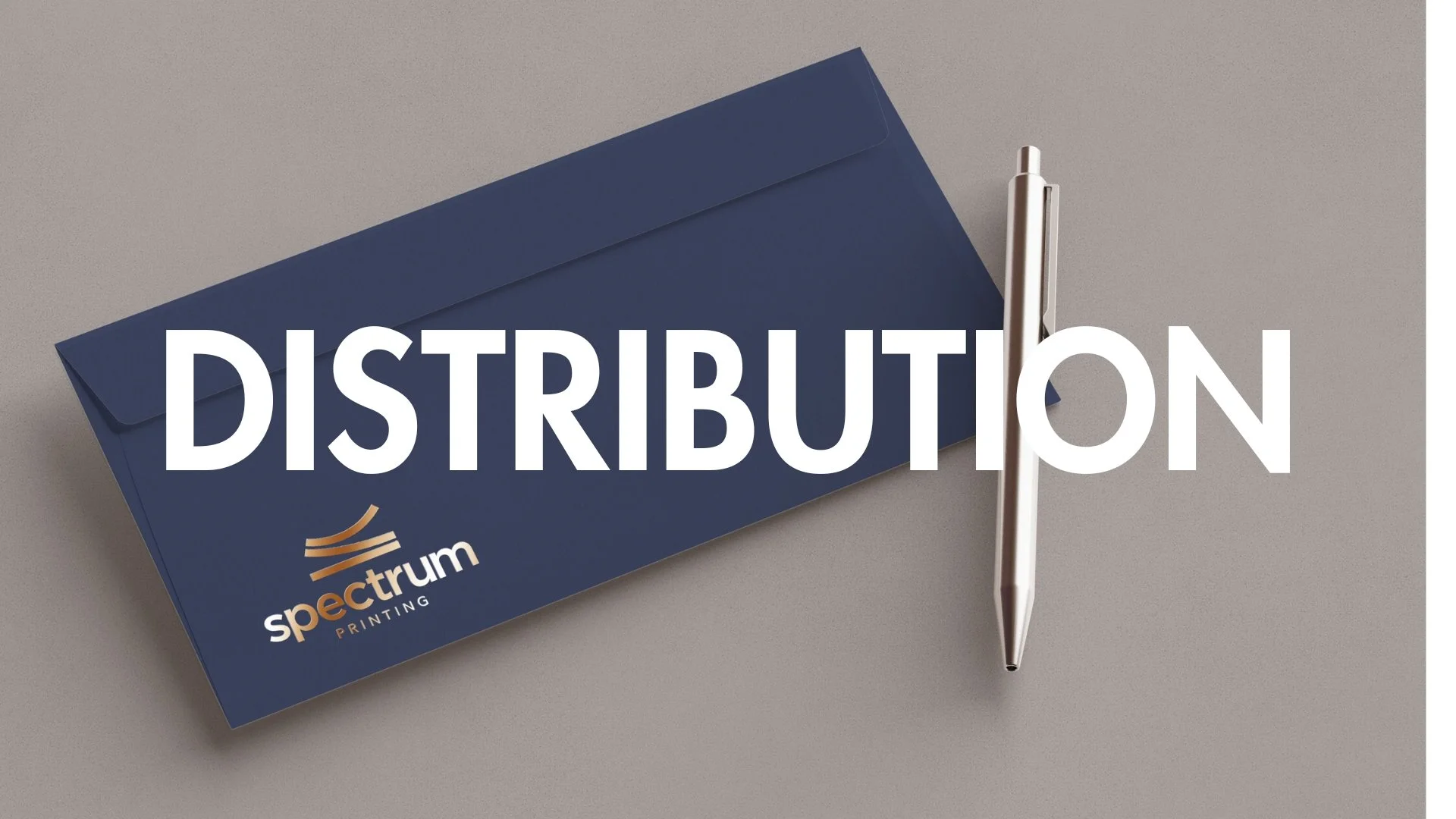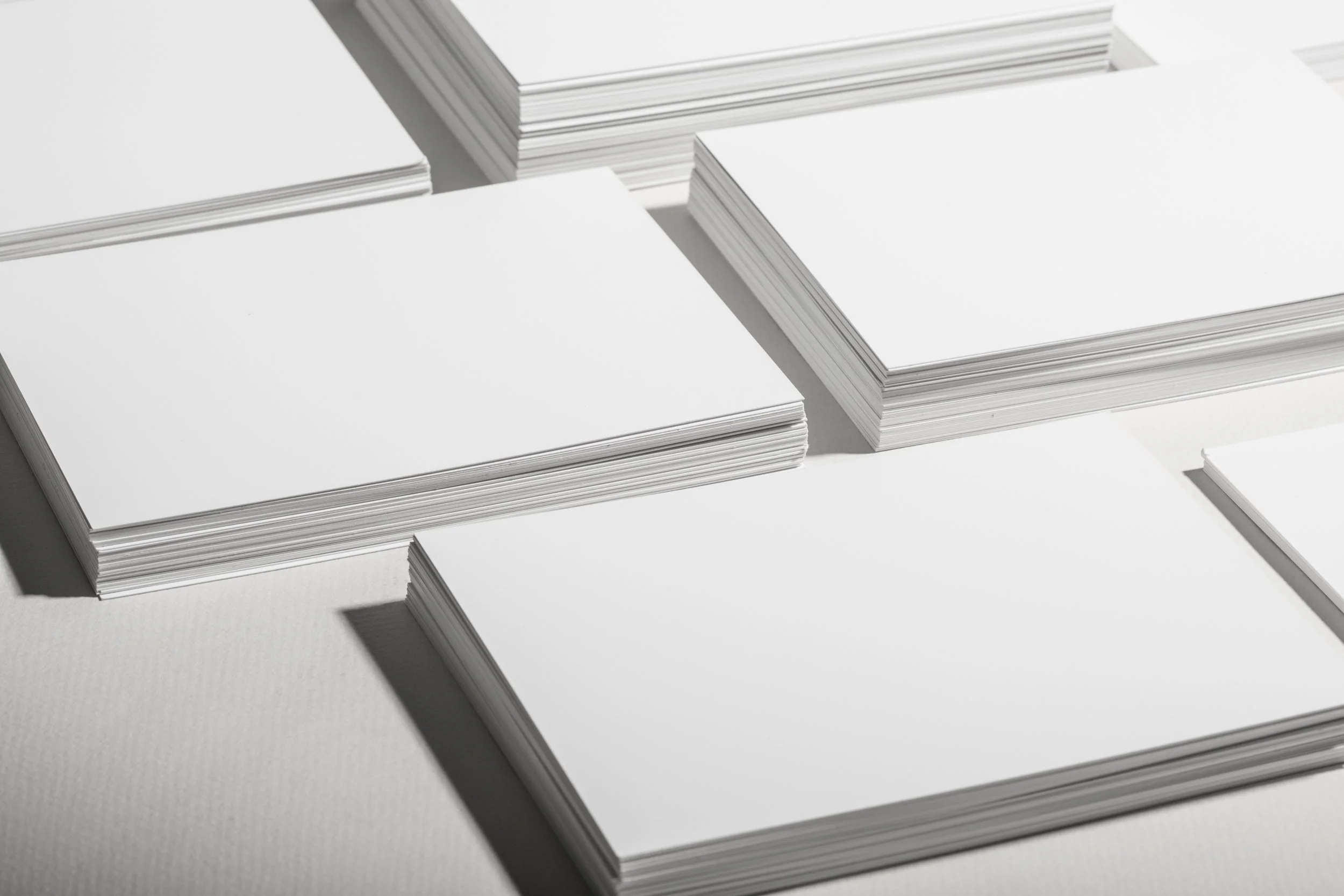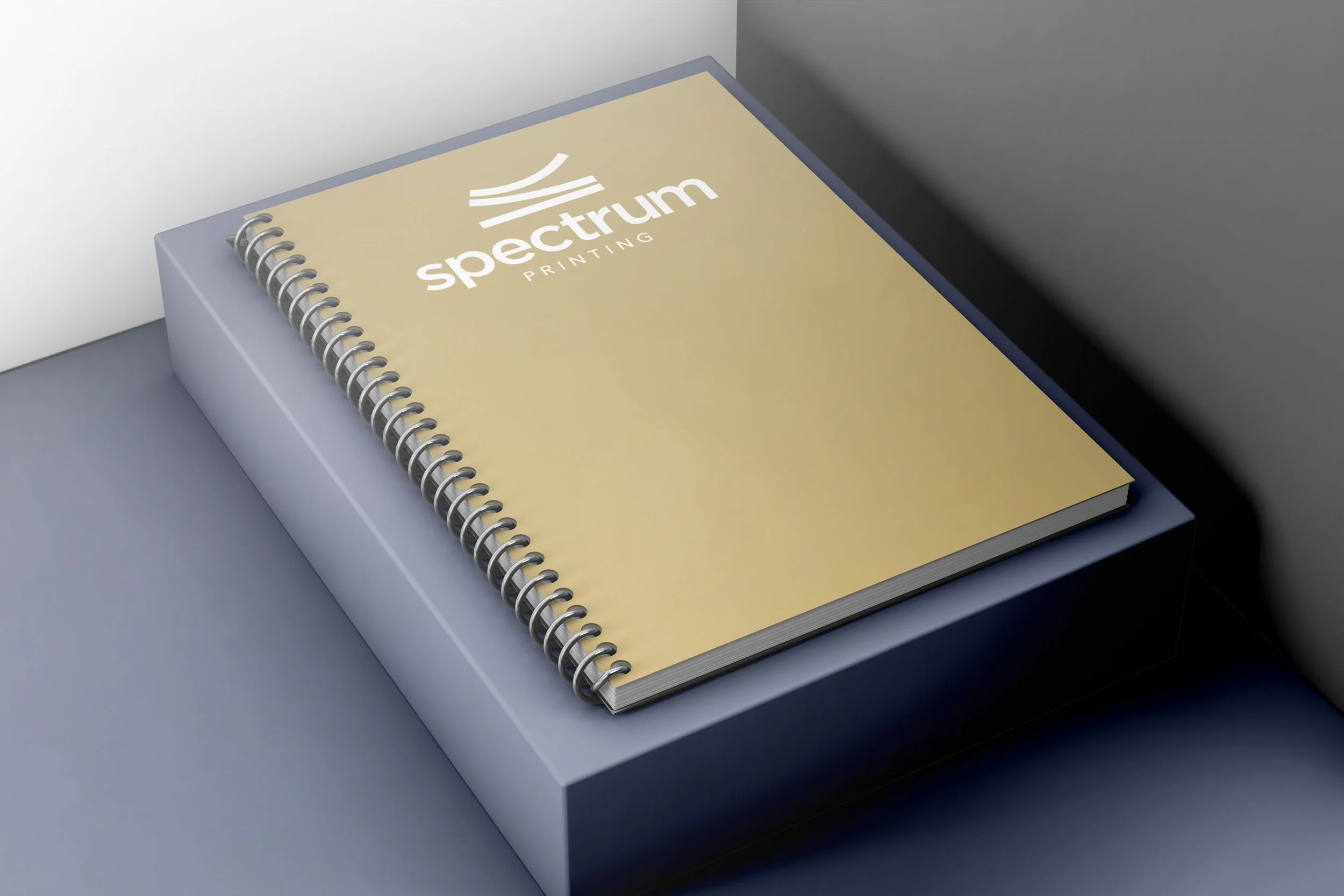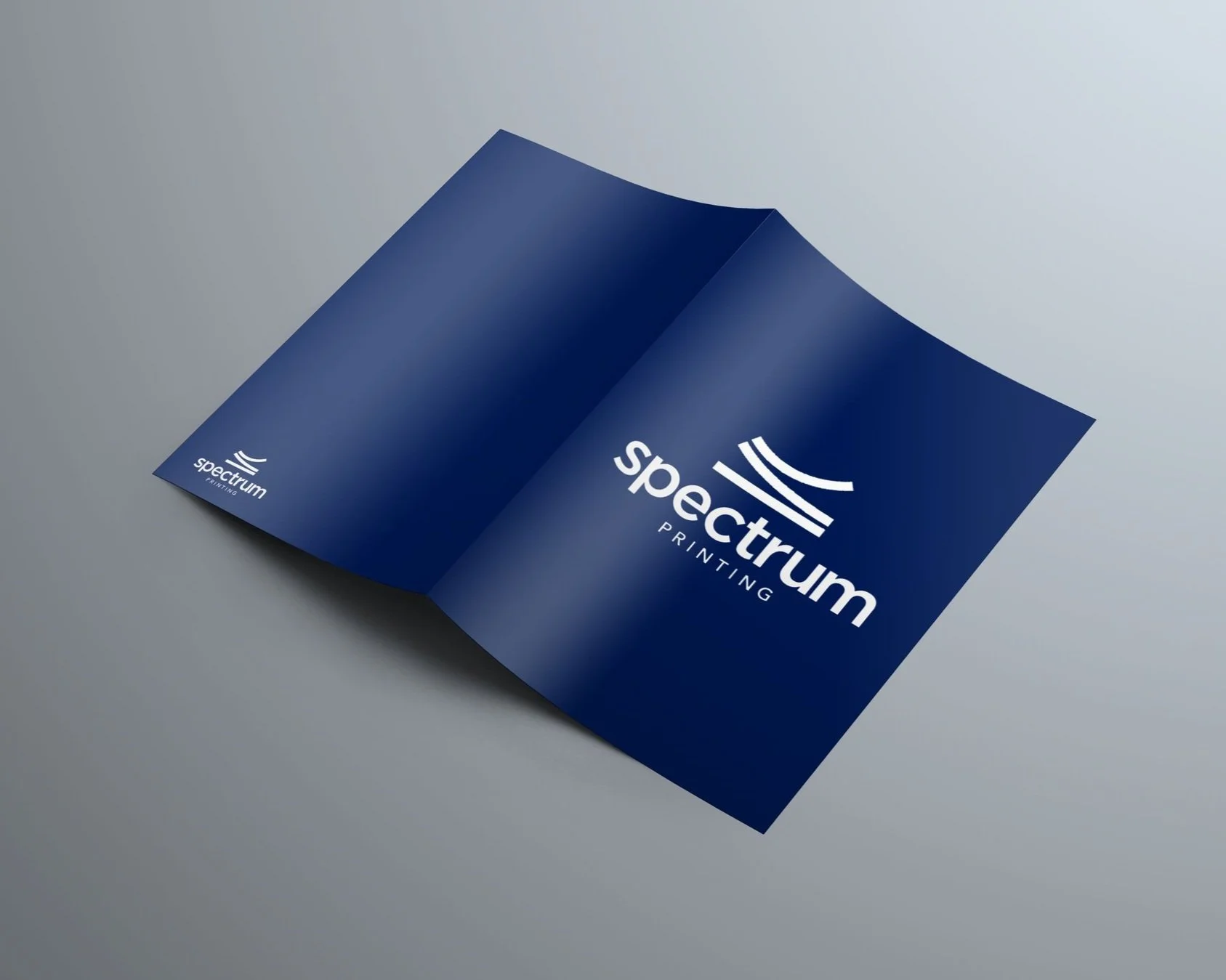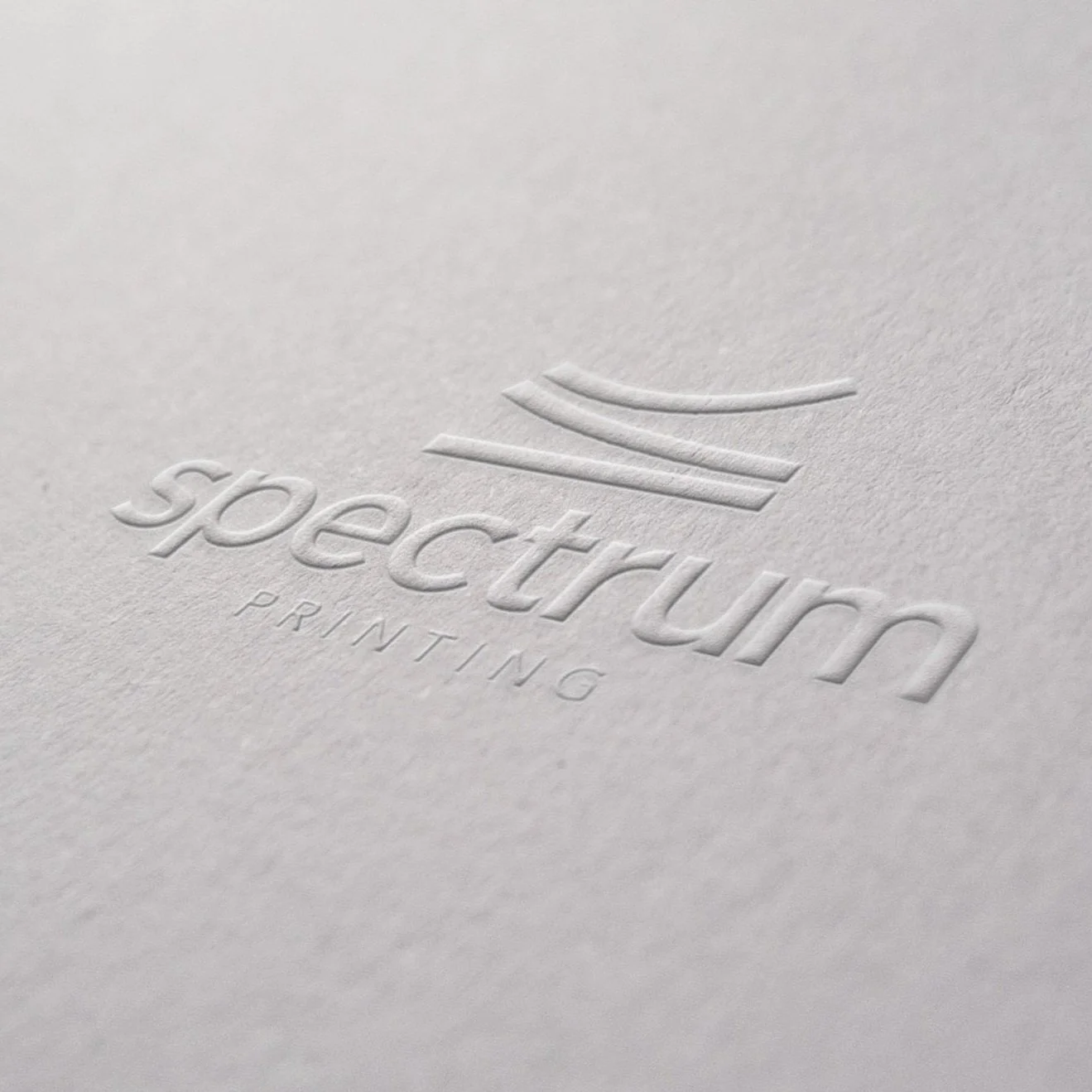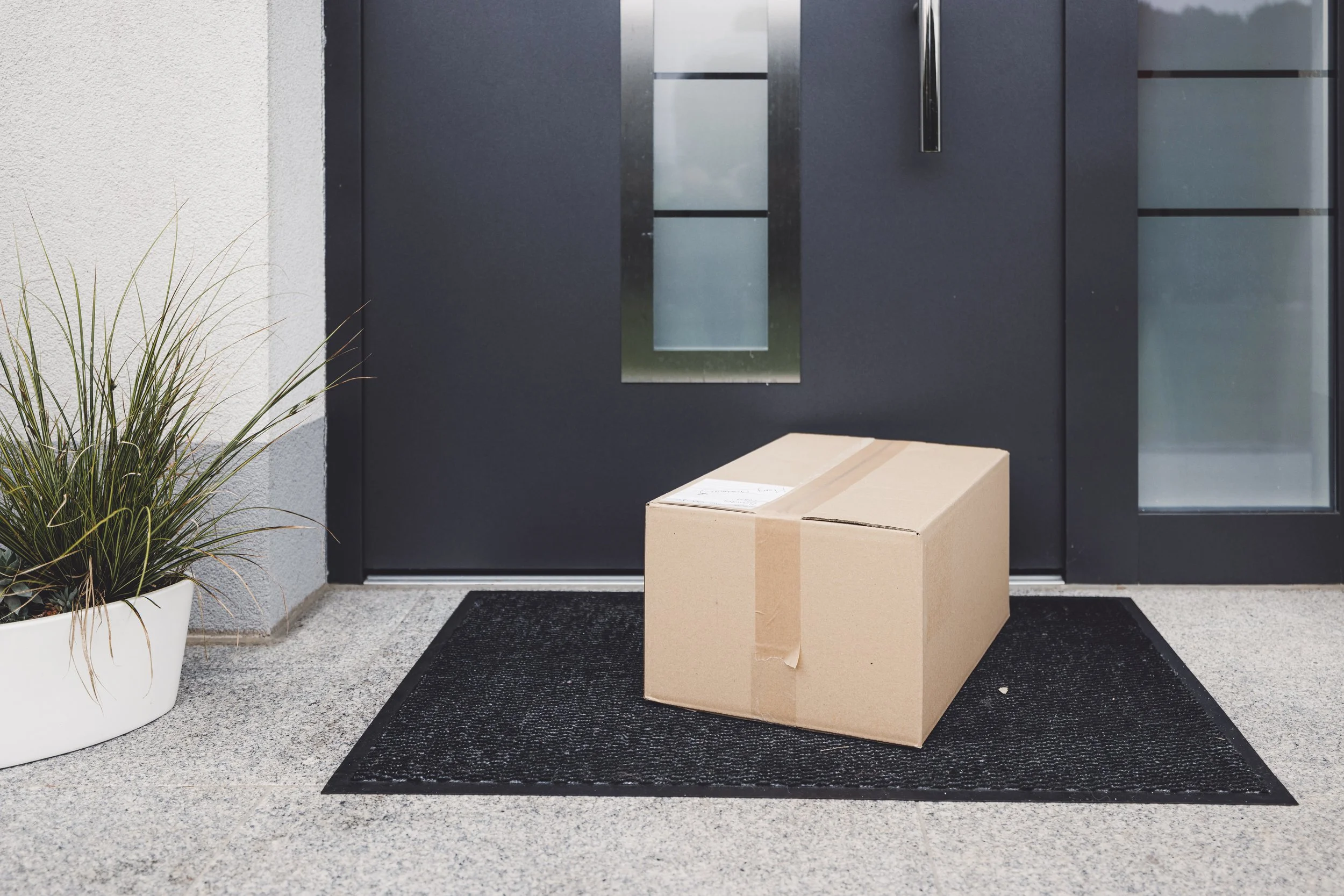Our Services
Spectrum Printing delivers exceptional print solutions tailored to your business needs. Our lithographic printing ensures unmatched colour consistency and quality for high-volume projects, while our digital printing technology provides cost-effective flexibility for shorter runs and personalised content. We complement these core services with innovative packaging solutions. Beyond these specialties, Spectrum offers a comprehensive suite of services to bring your project from concept to completion.
A Range of Stocks
-
Silk paper offers a smooth, semi-matte finish that strikes an excellent balance between readability and image reproduction quality. Its low-glare surface ensures text remains highly legible while still allowing photographs and graphics to appear vibrant and well-defined. The sophisticated, premium feel of silk makes it particularly suitable for upscale magazines and catalogues where both image quality and extended reading comfort are priorities. Silk paper provides tactile appeal that enhances the overall perception of quality without the distracting shine of gloss papers.
-
Gloss paper delivers exceptional colour vibrancy and image sharpness, making photographs and graphics appear more dynamic with rich, saturated colours. Its highly reflective surface enhances contrast and detail in images, making it ideal for fashion, food, or travel magazines where visual impact is paramount. Gloss paper tends to be more durable and resistant to fingerprints and smudging, extending the life of frequently handled catalogues. The high-shine finish conveys a sense of premium quality and helps create a strong visual impression, particularly effective for product catalogues where merchandise needs to appear at its most appealing.
-
Uncoated paper provides a natural, tactile experience with a warm, inviting feel that encourages readers to engage more deeply with the content. Its matte surface offers superior readability for text-heavy publications by eliminating glare and reducing eye strain during extended reading. Uncoated stocks accept ink differently than coated papers, creating a softer, more artisanal aesthetic that works beautifully for literary magazines, art publications, or brands emphasising authenticity and craftsmanship. The absorbent nature of uncoated paper allows for techniques like letterpress or foil stamping to create distinctive textural elements that enhance the sensory experience.
-
Recycled paper demonstrates a tangible commitment to environmental sustainability that resonates with eco-conscious readers and reinforces brand values. Modern recycled stocks offer excellent print quality with minimal visual compromise while significantly reducing environmental impact through decreased water usage, energy consumption, and landfill waste. Using recycled paper creates an authentic alignment between content and medium for publications focused on sustainability, natural products, or outdoor activities. The subtle texture and off-white coloration of many recycled papers can add character and distinction to a publication, creating a unique aesthetic that stands out from mainstream glossy magazines.
-
Specialist papers—such as pearlescent, textured, or coloured stocks—create immediate differentiation on newsstands or in direct mail, helping publications capture attention in competitive environments. These distinctive materials offer unique tactile and visual properties that enhance reader engagement and create memorable sensory experiences that extend beyond the content itself. Specialty papers can be strategically aligned with content themes or brand positioning to reinforce messaging, such as using a linen-textured stock for luxury lifestyle publications or a partially transparent paper for creative arts magazines. Though often commanding premium prices, specialist papers deliver heightened perceived value and encourage collection rather than disposal, extending the lifespan and impact of the publication.
Printed Your Way
-
Lithographic printing delivers exceptional colour accuracy and consistency across large print runs, making it ideal for high-volume catalogues and magazines requiring precise brand colour matching. The process excels at producing crisp, high-resolution images and smooth color gradients that enhance the visual appeal of fashion, luxury, and photography-focused publications. Lithographic printing offers significant cost advantages for longer runs, with the per-unit price decreasing substantially as quantities increase beyond several thousand copies. The versatility of offset printing accommodates a wide range of paper stocks, special inks (like metallics and Pantones), and finishing techniques that create premium publications with distinctive visual and tactile qualities.
-
Digital printing provides unmatched flexibility for shorter runs and personalised content, allowing publishers to economically produce small batches, test different versions, or create region-specific editions without the setup costs associated with offset. The quick turnaround times of digital printing enable more responsive publishing schedules, accommodating last-minute content changes and reducing inventory requirements while keeping information current. Digital technology excels at variable data printing, allowing publishers to customise portions of catalogues for different customer segments or create personalised magazine covers that significantly boost engagement and response rates. The continuously improving colour quality of digital presses now rivals lithographic output for many applications, while offering additional benefits like inline finishing options and environmentally friendly processes with less paper waste and fewer chemicals.
-
This binding method uses staples along the fold of gathered sheets to create booklets, magazines, or catalogues. The pages are nested together, folded and then stapled through the spine, creating a clean look while allowing the publication to lie flat when opened. Saddle-stitching is cost-effective for smaller publications with fewer pages, typically under 64-80 pages depending on paper weight.
-
This process creates a flat, square spine by gluing the pages together after they've been trimmed at the binding edge. PUR (polyurethane reactive) adhesive offers superior flexibility and durability compared to traditional hot-melt glues, making it ideal for heavy-use publications. Perfect binding is commonly used for paperback books, thick catalogues and annual reports, providing a professional, bookstore-quality appearance.
-
This technique uses a continuous double-wire that runs through punched holes along one edge of the document. The wire is crimped to form loops that allow pages to turn a full 360 degrees and lie completely flat when opened. Wire-binding provides excellent functionality for cookbooks, manuals, and presentations where hands-free reading and durability are important.
Binding Options
Lamination
-
These processes apply a thin plastic film to printed materials for protection and visual enhancement. Gloss lamination creates a shiny, reflective surface that makes colours appear more vibrant and provides excellent protection, while matt lamination offers a sophisticated non-reflective finish that reduces glare and fingerprints. Both options significantly increase durability and moisture resistance while extending the life of printed materials.
-
This specialised finish applies a velvety, tactile coating that creates an irresistible urge to touch the printed piece. The soft-to-the-touch surface combines the protective benefits of traditional lamination with a luxurious, almost suede-like texture. Soft touch lamination is particularly effective for premium packaging, high-end business cards and luxury brochures where creating a memorable sensory experience is crucial.
-
This specialised finishing technique applies a protective film designed to resist scratching, abrasion and surface damage on printed materials that experience frequent handling or prolonged use. The lamination creates a durable protective layer that maintains the visual quality of printed surfaces while extending the lifespan of catalogues, magazines, packaging and promotional materials subjected to high-touch environments. Unlike standard lamination, anti-scuff lamination utilises a unique formulation that minimises visible surface marks and maintains colour vibrancy, making it particularly valuable for publications in retail, hospitality, and industrial settings where materials are constantly being handled. The finish provides enhanced durability without compromising the original print quality, ensuring that graphics, images, and text remain crisp and professional even after repeated use. Anti-scuff lamination is especially beneficial for items like restaurant menus, instruction manuals, product catalogues and marketing materials that require long-term visual integrity and resistance to everyday wear and tear.
-
This eco-friendly alternative to traditional lamination provides the same protective and aesthetic benefits while being compostable and biodegradable under proper conditions. The film typically consists of cellulose-derived materials that break down naturally over time without leaving microplastics behind. Biodegradable matt lamination appeals to environmentally conscious brands and is ideal for marketing materials, menus, and promotional items that align with sustainability goals.
Special Finishes
-
This technique applies a clear, high-gloss coating to specific areas of a printed piece, creating dramatic contrast between treated and untreated surfaces. The "UV" refers to the ultraviolet light used to cure and harden the varnish instantly. Spot UV can highlight logos, images, or text while adding depth and sophistication to business cards, book covers, and packaging, effectively drawing attention to key design elements.
-
This process applies metallic or pigmented foil to specific areas of printed material using heat and pressure. The foil adheres only to areas prepared with adhesive, creating striking metallic or colored accents that catch light and attention. Foiling adds luxury and distinction to business cards, invitations, book covers, and premium packaging, with options ranging from traditional gold and silver to holographic and patterned finishes.
-
This precision cutting technique creates custom shapes, windows, or decorative edges that transform standard publications into memorable, interactive pieces. Die-cutting uses sharp steel rules pressed against the paper to cut precise patterns, allowing designers to reveal elements on underlying pages or create innovative cover designs. The technique adds tactile interest and encourages physical interaction, making publications more engaging and distinctive. Die-cutting works exceptionally well for product catalogs, high-end magazines, and promotional materials where visual differentiation is crucial.
-
Embossing: This technique creates raised areas on paper or cardstock by pressing the material between two dies—one raised and one recessed. The resulting three-dimensional effect adds texture and sophistication to logos, patterns, or text without using ink. Embossing can be combined with printing (registered embossing) or applied to unprinted areas (blind embossing) to create elegant, tactile elements on business stationery, certificates and luxury packaging.
Debossing: This process creates depressed or sunken areas in paper or cardstock, producing the opposite effect of embossing. Material is pressed between dies to create recessed impressions that add subtle depth and texture. Debossing creates a sophisticated, understated effect often used for corporate materials and premium packaging which is particularly effective when combined with foiling or coloured paper for additional visual impact.
& Beyond
-
Bespoke packaging elevates printed retail items by creating a cohesive brand experience from the moment of unboxing, extending the emotional connection beyond the product itself. Custom packaging solutions protect valuable printed materials while simultaneously serving as powerful marketing tools that reinforce brand identity through tailored colours, textures and finishing techniques. Investment in bespoke packaging communicates quality and attention to detail, significantly enhancing perceived value and creating Instagram-worthy moments that encourage social sharing and extend brand reach organically.
-
Entrusting your mailing needs to the Spectrum Printing team eliminates the hassle of coordinating multiple vendors while saving you valuable time and money. With integrated printing and mailing services, your materials move seamlessly from production to distribution.
-
White label packaging transforms the shipment of printed goods by allowing businesses to deliver products directly to customers under their own brand identity. The process begins with designing custom packaging that either aligns with the client's branding or remains elegantly neutral, followed by applying the retailer's visual elements instead of the printer's branding. Once printed materials are carefully inserted into these branded packages, they're shipped directly to end customers with all documentation bearing the client's identity. This seamless approach creates consistent brand experiences from online purchase through physical delivery, elevates perceived value through premium unboxing moments, and enables businesses to outsource both printing and fulfillment while maintaining complete brand control. Our white label packaging effectively converts Spectrum from a visible vendor into an invisible extension of our client's business, allowing retailers to sell printed products without handling inventory and giving smaller businesses the professional presentation of larger competitors.
-
Transform your retail environment with custom-designed point-of-sale materials that speak directly to your customers. Bespoke POS materials create a cohesive experience that elevates your products above competitors and offer the flexibility to highlight seasonal promotions, showcase new products or reinforce brand messaging in ways that resonate with your target audience.

